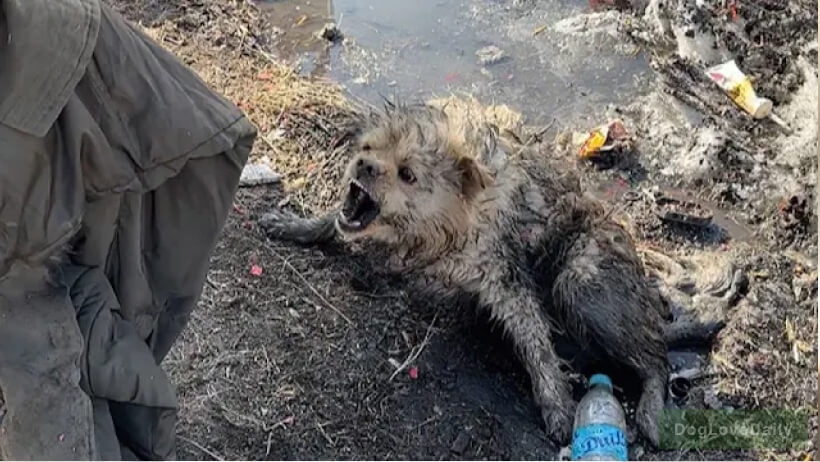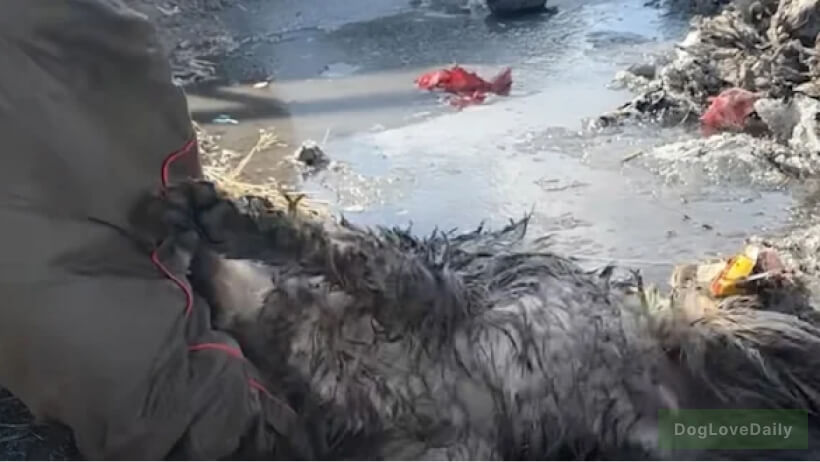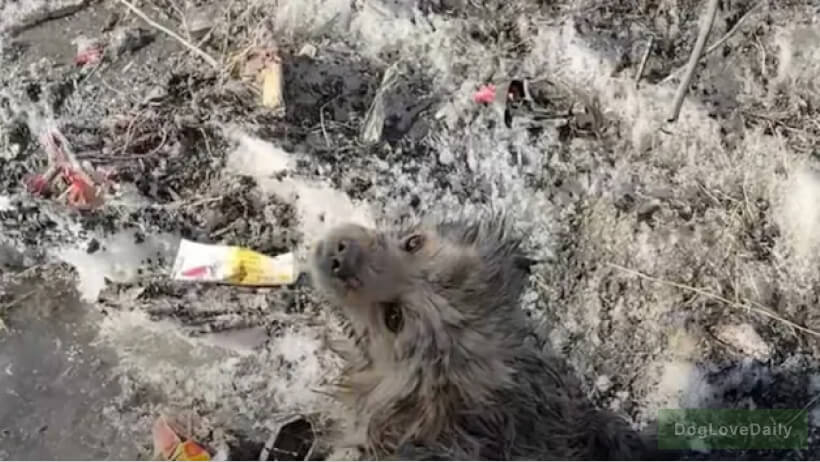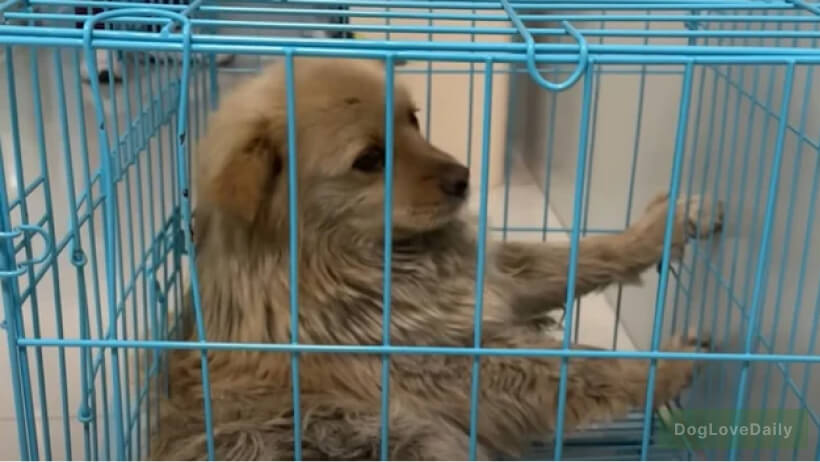When rescuers at a local animal shelter first encountered Max, a paralyzed dog found in distressing conditions, they knew they faced a significant challenge. The frightened animal had clearly experienced trauma and was hesitant to accept help from humans.

Max was discovered in poor conditions, showing signs of neglect that had left him physically weakened and emotionally scarred. His paralysis made his situation even more precarious, as he was unable to move to safety or seek proper shelter.
The rescue team approached the situation with careful planning and infinite patience. Understanding that trust would need to be earned gradually, they spent considerable time simply being present near Max, allowing him to become comfortable with their presence.

The rehabilitation process required weeks of dedicated care. Professional veterinarians assessed Max’s condition and developed a comprehensive treatment plan that addressed both his physical needs and emotional well-being.
Specialized equipment was provided to help Max navigate his environment safely. Physical therapy sessions helped maintain his muscle strength, while consistent, gentle interaction with caring staff members slowly rebuilt his confidence in humans.

Animal rescue organizations rely heavily on community involvement to continue their vital work. Donations, volunteer hours, and public awareness campaigns all contribute to successful rescue operations like Max’s.
Local veterinary clinics often provide discounted services for rescue animals, while pet supply stores may donate necessary equipment and supplies. This collaborative approach ensures that animals receive comprehensive care regardless of their initial condition.

Max’s transformation from a fearful, neglected animal to a trusting companion demonstrates the effectiveness of patient, professional animal care. His story has inspired many community members to support local rescue efforts through various means.
Educational programs at schools and community centers help raise awareness about responsible pet ownership and the importance of animal welfare. These initiatives create lasting change by preventing neglect and abandonment before they occur.
There are numerous ways individuals can contribute to animal rescue efforts:
Financial Support: Monthly donations help cover ongoing expenses such as veterinary care, food, and shelter maintenance.
Volunteer Opportunities: Many organizations need help with daily care tasks, administrative work, and special events.
Foster Programs: Temporary homes provide crucial transition periods for animals recovering from trauma or medical procedures.
Awareness Campaigns: Sharing information about adoptable animals and rescue success stories helps connect pets with loving families.
Animal rescue work represents a continuous commitment to protecting vulnerable creatures. Each successful rescue creates space and resources for helping additional animals in need.
Professional training for rescue workers ensures that animals receive appropriate care tailored to their specific circumstances. This expertise is particularly important when dealing with traumatized or medically complex cases.
Max’s story exemplifies the positive outcomes possible when communities unite to support animal welfare. His journey from abandonment to recovery serves as a reminder that dedicated care and patience can overcome even the most challenging circumstances.






